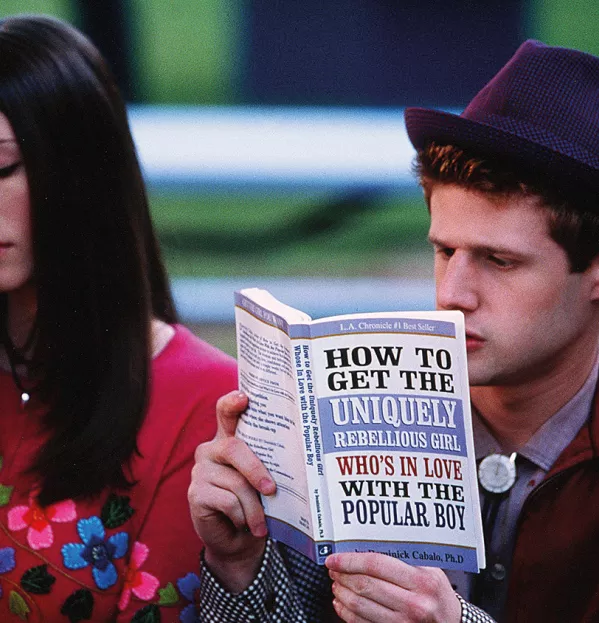One of the most difficult things about using research to inform practice is that the conclusions we draw from research evolve cumulatively as we encounter new studies. A report might lead us to take one position, only for another to arrive and contradict it.
We are used to flip flops in research findings on topics such as nutrition, factoring in the obvious self-interest of food producers. But the influences behind education research are harder to read. How can busy teachers and leaders navigate confusing cycles of claim and counter-claim?
Systematic and technical reviews of research provide an answer. Known as Best Evidence Syntheses (BES), these set out to collect and analyse all the evidence around a precisely-defined question, evaluating it against strict quality criteria. Teachers usually find research through single studies, but can check the potential shelf-life of single study findings by referring to a BES.
These reviews are relatively new, having only become cost-effective with the help of the internet, and come in several shapes and sizes. Dylan Wiliam and Paul Black published one of the earliest in 2001. Inside the Black Box, based around formative assessment, is a review most teachers are familiar with.
More advanced techniques
Since then, techniques for analysing and compiling evidence have become more advanced. The New Zealand Ministry of Education produced a series of BES tackling hard-to-research topics such as school leadership. Building on this, the academic John Hattie adapted review methodologies for his study, the now widely-known Visible Learning (2008).
The Sutton Trust Toolkit is a gateway to interrelated experimental studies, while What Works Clearinghouse (WWCH) compiles systematic reviews for a wide range of topics in US education.
How do you know if a review is good? Start by looking for commitment to searching and working systematically to create a reliable, valid overview.
There should be a transparent explanation of the logic for the analysis and each component step. For example, what did the authors count as evidence of success? Did they explore whether interventions worked in real-life classrooms or were they just looking at studies in special, pilot conditions?
If you don’t have time to pick through the methods yourself, look for protocols - ideally ones like the BES that involve users from the start -─ from review assurers such as the Evidence for Practice and Policy Information (EPPI) Centre or WWCH, which will do the hard work for you.
Philippa Cordingley is chief executive of Curee. This is part two of a 24-part series that aims to help teachers become more research-informed
